Home>Garden Essentials>How Should I Cut My Lavender Greenery In The Late Fall
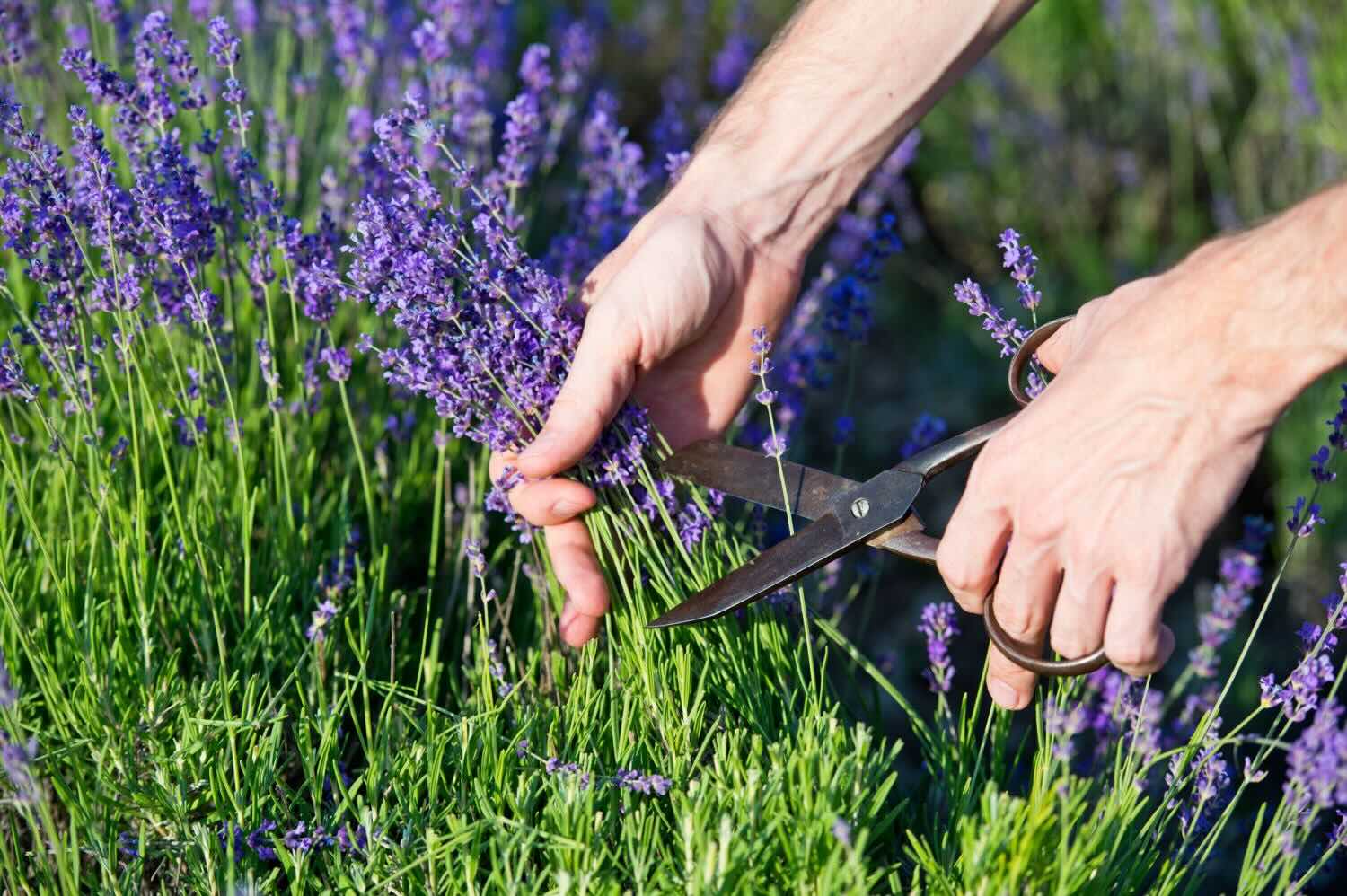

Garden Essentials
How Should I Cut My Lavender Greenery In The Late Fall
Modified: March 7, 2024
Learn the best techniques to cut your lavender greenery in the late fall and keep your garden thriving. Protect your plants and promote healthy growth with these expert tips.
(Many of the links in this article redirect to a specific reviewed product. Your purchase of these products through affiliate links helps to generate commission for Storables.com, at no extra cost. Learn more)
Introduction
Pruning lavender is an essential task that gardeners should not overlook, especially as late fall approaches. While it may be tempting to let your lavender plants thrive without interference, pruning plays a crucial role in maintaining their health and promoting future growth.
Lavender, with its stunning purple blossoms and aromatic foliage, is a popular choice for gardens and landscapes. Pruning lavender in late fall helps to tidy up the plant, stimulate new growth, and prevent winter damage.
In this article, we will explore the reasons why pruning lavender in late fall is important, the tools you’ll need for the task, and provide a step-by-step guide on how to cut lavender greenery. Additionally, we’ll share some tips for maintaining healthy lavender plants and answer common questions about pruning this versatile herb.
So, grab your shears and let’s delve into the wonderful world of lavender pruning!
Key Takeaways:
- Pruning lavender in late fall promotes new growth, maintains plant shape, and prevents winter damage. It also encourages more vibrant and abundant blooms in the following growing season.
- To maintain healthy lavender plants, ensure proper watering, sunlight exposure, soil conditions, and regular inspections for pests and diseases. Prune after blooming and consider winter protection for harsh weather.
Read more: How Late To Plant Grass Seed In Fall
Importance of Pruning Lavender in Late Fall
Pruning lavender plants in late fall is crucial for their overall health and vigor. While lavender is known for its natural ability to thrive in poor soil conditions and tolerate dry weather, it still benefits greatly from regular pruning.
Here are a few key reasons why pruning lavender in late fall is important:
- Promotes new growth: Pruning stimulates the growth of new shoots and prevents lavender plants from becoming woody and straggly. By cutting back the plant, you encourage the development of fresh growth in the spring, leading to bushier and more compact lavender plants.
- Maintains plant shape: Lavender has a tendency to become leggy and lose its desirable rounded shape over time. Pruning in late fall helps maintain the plant’s natural form, ensuring that it remains visually appealing and compact.
- Enhances air circulation: Proper pruning opens up the lavender plant, allowing for better air circulation. Improved airflow reduces the risk of fungal diseases and pest infestations, keeping your lavender plants healthy and vibrant.
- Prevents winter damage: Leaving lavender unpruned can result in the accumulation of snow or ice on the branches, causing them to bend or break under the weight. Pruning lavender before winter reduces the surface area for snow and ice to accumulate, minimizing the risk of damage to the plants.
- Encourages more blooms: Pruning lavender stimulates the development of flower buds. By removing spent blooms and cutting back the plant appropriately, you can encourage the production of more vibrant and abundant blossoms in the following growing season.
By understanding the importance of pruning lavender in late fall, you can ensure that your plants remain healthy, productive, and visually appealing year after year. With the right tools and techniques, you’ll be able to transform your lavender garden into a stunning display of fragrant blooms.
Tools Needed for Pruning Lavender
Before you get started with pruning your lavender plants in late fall, it’s important to gather the right tools. Having the proper equipment on hand will make the task easier and ensure that you achieve clean and precise cuts. Here are the essential tools you’ll need for pruning lavender:
- Pruning Shears or Secateurs: Pruning shears or secateurs are a must-have for cutting through lavender branches. Look for a sharp pair with a bypass cutting action, which allows for clean cuts without crushing the plant tissue.
- Hand Pruners: Hand pruners, also known as hand clippers, come in handy for trimming smaller and more delicate lavender stems. Choose a pair with a comfortable grip and a sharp cutting blade.
- Loppers: For thicker lavender branches that are too large for hand pruners, loppers are the go-to tool. These long-handled pruning shears provide the leverage needed to cut through thicker branches with ease.
- Gardening Gloves: Protect your hands while pruning by wearing a pair of sturdy gardening gloves. This will prevent cuts and scratches from the sharp lavender foliage and ensure your comfort throughout the process.
- Pruning Saw (optional): In some cases, lavender plants may have woody branches that require a pruning saw for cutting. Consider using a pruning saw when dealing with older or overgrown lavender plants.
- Disinfectant: It’s essential to keep your pruning tools clean and disinfected to prevent the spread of diseases from one plant to another. Have a disinfectant solution on hand to sterilize your tools before and after each use.
By having these tools readily available, you’ll be well-equipped to tackle the pruning process and ensure the health and vitality of your lavender plants. Remember to maintain sharp blades on your cutting tools for cleaner cuts and practice proper tool maintenance for long-lasting usability.
Step-by-Step Guide to Cutting Lavender Greenery in Late Fall
Pruning lavender in late fall requires a systematic approach to achieve the best results. By following these step-by-step instructions, you’ll be able to effectively cut back your lavender plants and promote healthy growth:
- Choose the right time: Late fall, just before the first frost, is the ideal time to prune lavender. By this time, most blooms have faded, and the plant is preparing for its dormant phase.
- Inspect the plant: Begin by inspecting your lavender plant for any diseased or damaged branches. These should be pruned first to prevent the spread of disease and ensure the overall health of the plant.
- Cut back one-third of the plant: To maintain the shape of your lavender plant and encourage bushier growth, target the longest stems and cut them back to about two-thirds of their length. Use sharp pruning shears or secateurs to make clean cuts just above a leaf node or bud.
- Trim spent blooms: Remove any remaining spent blooms by cutting the flower stems back to the base of the plant. This will promote tidy growth and redirect energy towards new growth in the coming season.
- Avoid cutting into woody stems: When pruning lavender, it’s important to avoid cutting into the woody stems at the base of the plant. Focus on trimming the green growth, as cutting into the woody part can cause damage and hinder new growth.
- Collect the pruned greenery: As you prune your lavender plant, collect the pruned greenery. You can use the trimmed stems for various purposes, such as drying and making potpourri or sachets.
- Dispose of the pruned material: Properly dispose of the pruned lavender material to prevent the spread of diseases or pests. Avoid composting any diseased or infected plant material.
- Apply mulch: After pruning, consider applying a layer of organic mulch around the base of the lavender plant. This will help protect the roots during the winter months and provide some insulation.
- Continue to monitor: Throughout the winter, keep an eye on your lavender plants. If heavy snow or ice accumulates, gently brush it off the branches to prevent them from bending or breaking.
- Spring maintenance: In early spring, as new growth begins to emerge, lightly trim any winter-damaged lavender stems to encourage fresh growth and shape the plant.
Following this step-by-step guide will ensure that your lavender plants are properly pruned for the winter season, setting them up for healthy growth and vibrant blooms in the following year. Remember to exercise patience and care when pruning to achieve the best results.
In late fall, cut back your lavender greenery by one-third to one-half to promote new growth in the spring. Avoid cutting into old wood to prevent damage to the plant.
Tips for Maintaining Healthy Lavender Plants
Pruning your lavender plants in late fall is just one aspect of maintaining their overall health and vitality. To ensure that your lavender thrives throughout the year, follow these helpful tips:
- Proper watering: Lavender prefers well-draining soil and should be watered deeply but infrequently. Avoid overwatering, as excessive moisture can lead to root rot. Water the plants at the base rather than overhead to keep the foliage dry and prevent fungal diseases.
- Sunlight exposure: Lavender thrives in full sun, so make sure to plant it in an area that receives at least 6-8 hours of direct sunlight each day. Insufficient sunlight can result in leggy growth and fewer blooms.
- Soil conditions: Lavender prefers alkaline soil with a pH level between 6.5 to 7.5. If your soil is naturally acidic, consider adding lime to raise the pH level. Ensure that the soil is well-draining to prevent waterlogged conditions.
- Fertilization: Lavender is a low-maintenance plant and typically doesn’t require heavy fertilization. Too much nitrogen can result in excessive leaf growth at the expense of blooms. Instead, use a balanced organic fertilizer once in early spring to support healthy growth.
- Prune after blooming: In addition to pruning lavender in late fall, it’s essential to prune the plants after blooming. By cutting back spent blooms, you encourage new growth and maintain the plant’s shape. Trim about one-third of the plant’s height, making sure not to cut into the woody stems at the base.
- Winter protection: Lavender is generally hardy, but some varieties may benefit from added protection during harsh winters. Consider mulching around the base of the plant with straw or evergreen boughs to provide some insulation and protect the root system.
- Regular inspections: Keep an eye out for pests or signs of disease on your lavender plants. Common pests include aphids, spider mites, and whiteflies. If you notice any issues, use organic pest control methods such as insecticidal soap or neem oil to address the problem.
- Divide and propagate: Lavender plants can become woody and less productive over time. To maintain healthy and vigorous growth, divide and propagate your lavender plants every few years. This process involves separating the plant into smaller sections and replanting them to rejuvenate the lavender bed.
- Harvesting flowers: Enjoy the beauty and fragrance of lavender by harvesting the flowers when they are in full bloom. Cut the flower stems just as the first few flowers open and hang them upside down in a cool, dark, and well-ventilated area to dry. You can use these dried flowers for various purposes, such as making potpourri, herbal infusions, or homemade beauty products.
By following these tips, you can ensure that your lavender plants remain healthy, vibrant, and productive year after year. With proper care, you’ll be able to enjoy the beauty and fragrance of these remarkable plants in your garden.
Read more: How Late To Plant Grass Seed In The Fall
Frequently Asked Questions about Pruning Lavender in Late Fall
Pruning lavender in late fall can raise questions for even experienced gardeners. Here are some frequently asked questions about pruning lavender in late fall, along with their answers:
- 1. Can I prune lavender in spring instead of late fall?
- 2. How much should I prune my lavender plants?
- 3. What should I do with the pruned lavender greenery?
- 4. Can I prune lavender that has already bloomed?
- 5. What if my lavender plants are overgrown?
- 6. Are there any special techniques to prune lavender?
- 7. Can I use electric shears to prune lavender?
- 8. Do I need to sterilize my pruning tools?
- 9. How often should I prune lavender?
- 10. Can I prune lavender during the winter?
While lavender can be pruned in spring, late fall is the preferred time. Pruning in late fall allows the plant to go into its dormant phase without actively growing, reducing stress on the plant and promoting healthier growth in the following year.
When pruning lavender in late fall, aim to cut back about one-third of the plant’s height. This helps maintain the plant’s shape and encourages new growth without cutting into the woody stems at the base of the plant.
You can repurpose the pruned lavender greenery in various ways. Consider drying the stems and using them to create fragrant sachets, potpourri, or even culinary delights like lavender-infused sugar or honey.
Absolutely! Pruning spent blooms helps tidy up the plant and redirects energy towards new growth. Trim the flower stems back to the base of the plant, just above the foliage, to encourage subsequent blooms and maintain a neat appearance.
If your lavender plants have become overgrown, you can rejuvenate them by hard pruning in early spring. Cut the plants back to about one-third of their size, sparing the woody stems at the base. This drastic pruning will help revive the plants and promote healthy, new growth.
When pruning lavender, it’s essential to make clean cuts just above a leaf node or bud. This promotes faster healing and prevents dieback. Avoid cutting into the woody stems, as it can damage the plant and hinder new growth.
While electric shears can be used, it’s best to use handheld tools like pruning shears, hand pruners, or loppers for more precise cuts. Handheld tools give you better control over the pruning process, allowing you to make clean and accurate cuts.
Yes! It’s important to sterilize your pruning tools before and after each use to prevent the spread of diseases. Use a disinfectant solution, such as bleach diluted with water, to clean and sanitize your tools.
Lavender benefits from regular pruning to maintain its shape and promote new growth. Prune your lavender plants in late fall and trim spent blooms in spring. Additionally, consider light pruning throughout the year to remove any diseased or damaged branches.
It’s generally not recommended to prune lavender during the winter. Pruning during this dormant period can stimulate new growth that is susceptible to cold injury. Stick to late fall or early spring for pruning lavender plants.
By familiarizing yourself with these frequently asked questions, you’ll be better equipped to prune your lavender plants effectively and address any concerns that may arise during the process.
Conclusion
Pruning lavender in late fall is a vital task for maintaining the health, shape, and productivity of your lavender plants. By following the steps outlined in this article and implementing the tips for maintaining healthy lavender plants, you can ensure that your lavender thrives year after year.
Pruning lavender not only promotes new growth and maintains the shape of the plant but also enhances its overall appearance in your garden. Proper pruning techniques help prevent winter damage, encourage more blooms, and improve air circulation around the plant, reducing the risk of fungal diseases and pest infestations.
Remember to gather the necessary tools for pruning, including pruning shears, hand pruners, loppers, and gardening gloves. It’s important to make clean cuts just above leaf nodes or buds and to avoid cutting into the woody stems at the base of the plant.
Additionally, follow the tips for maintaining healthy lavender plants, including proper watering, providing ample sunlight, maintaining optimal soil conditions, and regular inspections for pests and diseases. Dividing and propagating your lavender plants every few years can also help keep them vigorous and productive.
By pruning your lavender plants in late fall and tending to their needs throughout the year, you’ll be rewarded with vibrant blooms, fragrant foliage, and a stunning addition to your garden. So, put on your gardening gloves, grab your pruning shears, and enjoy the therapeutic and satisfying process of pruning lavender greenery!
Frequently Asked Questions about How Should I Cut My Lavender Greenery In The Late Fall
Was this page helpful?
At Storables.com, we guarantee accurate and reliable information. Our content, validated by Expert Board Contributors, is crafted following stringent Editorial Policies. We're committed to providing you with well-researched, expert-backed insights for all your informational needs.
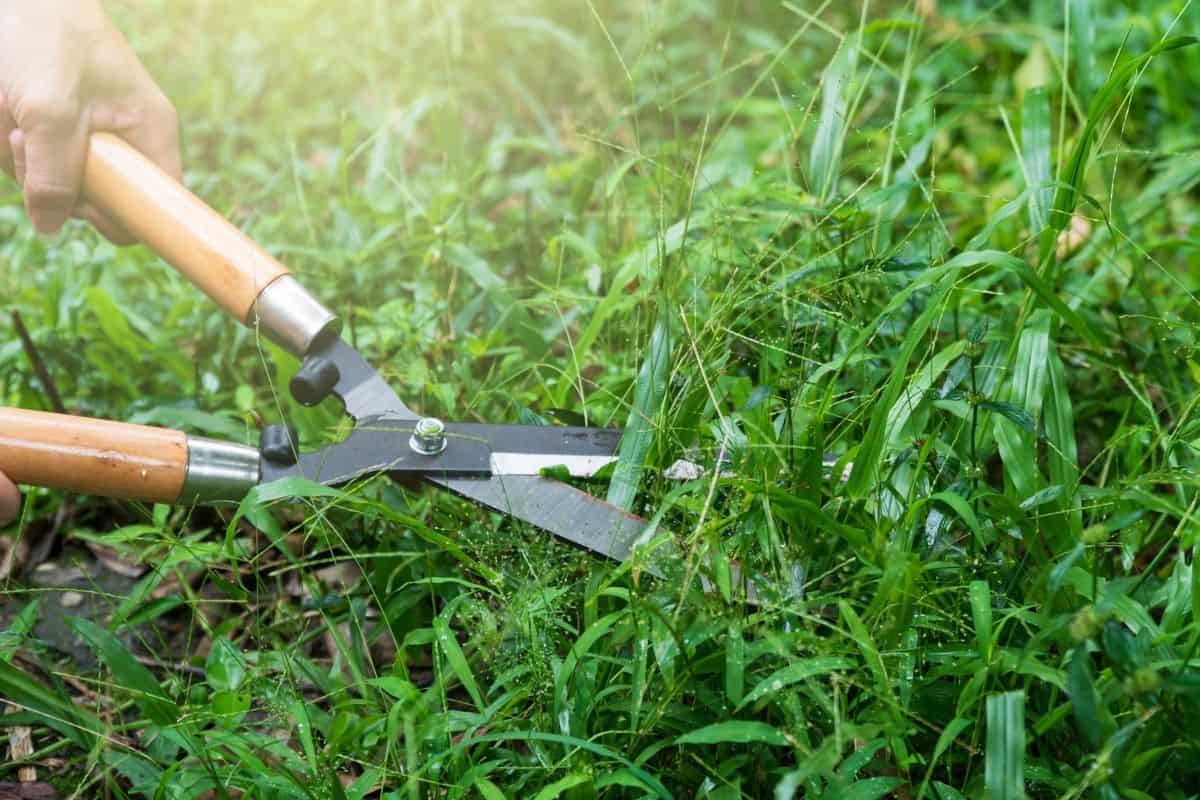
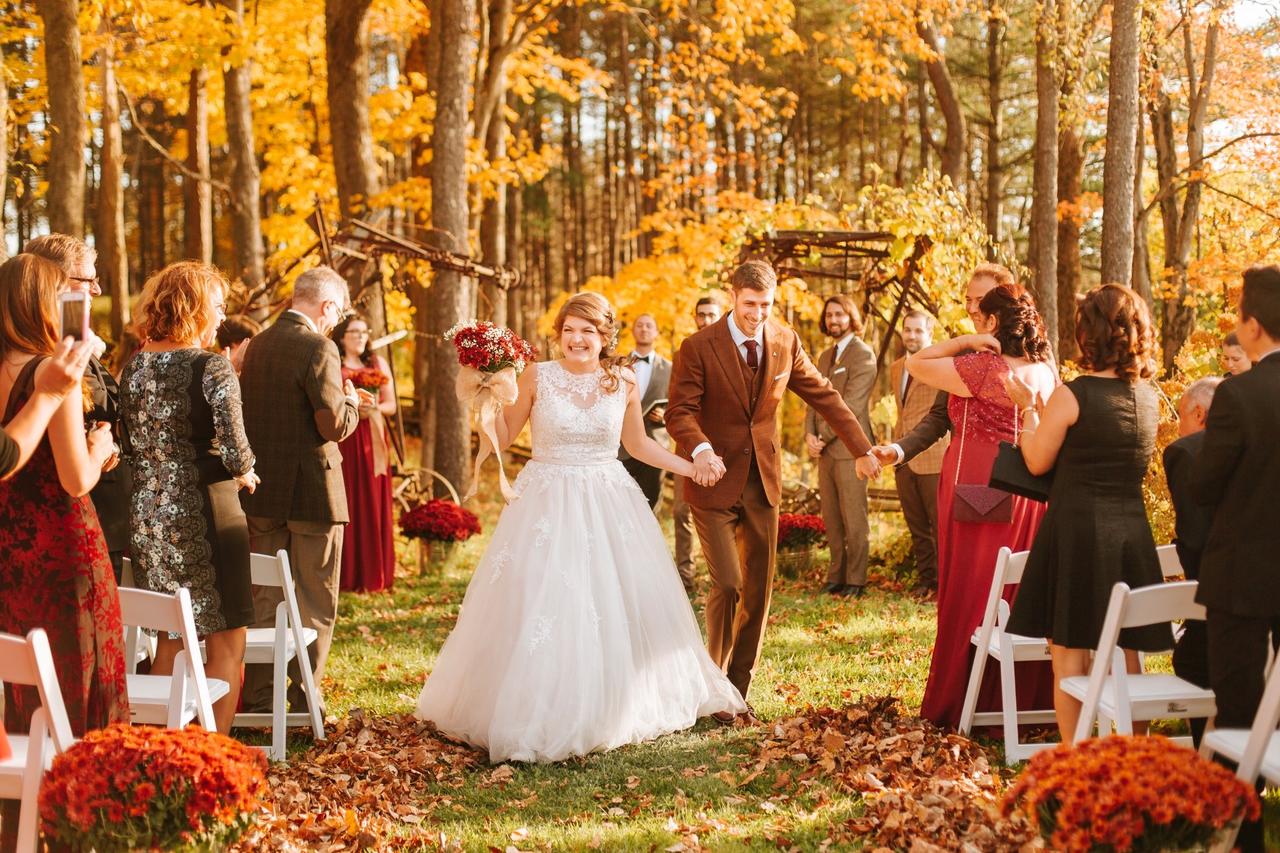
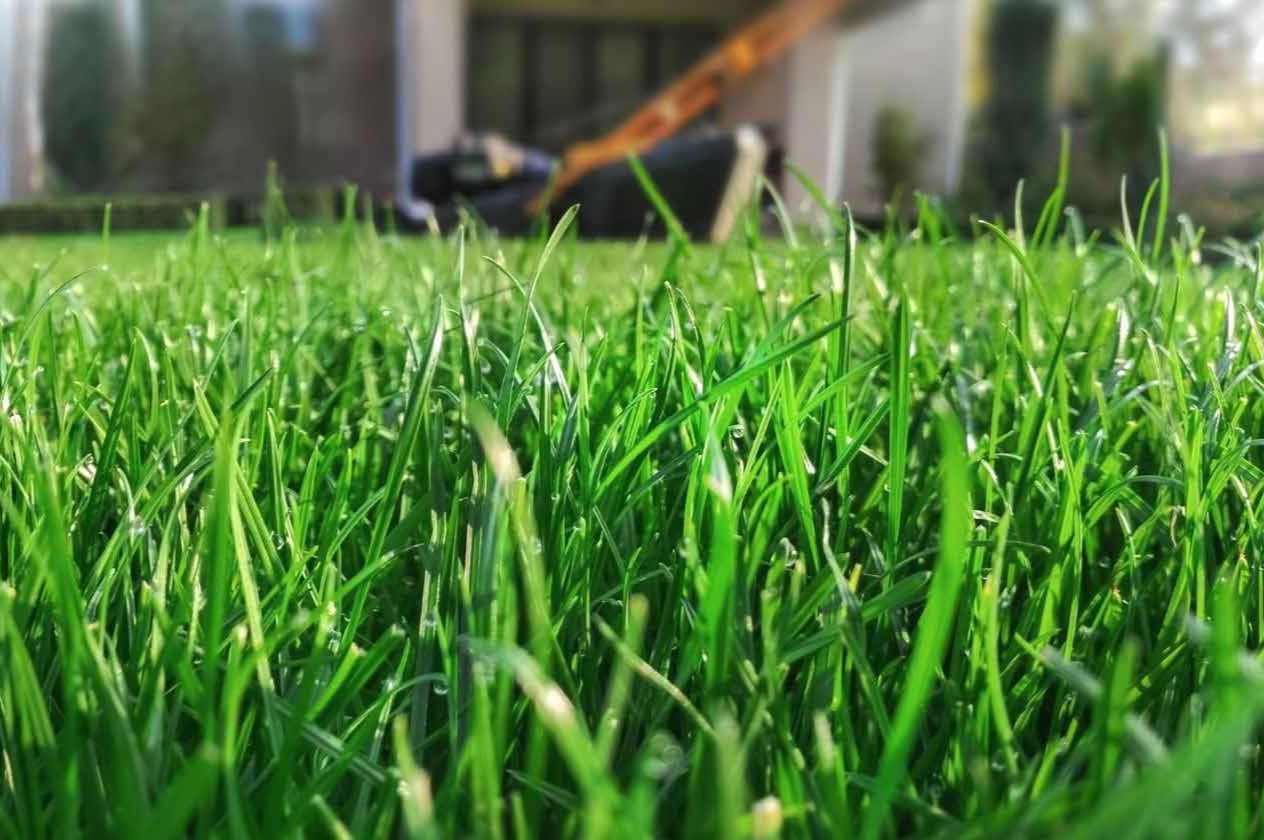
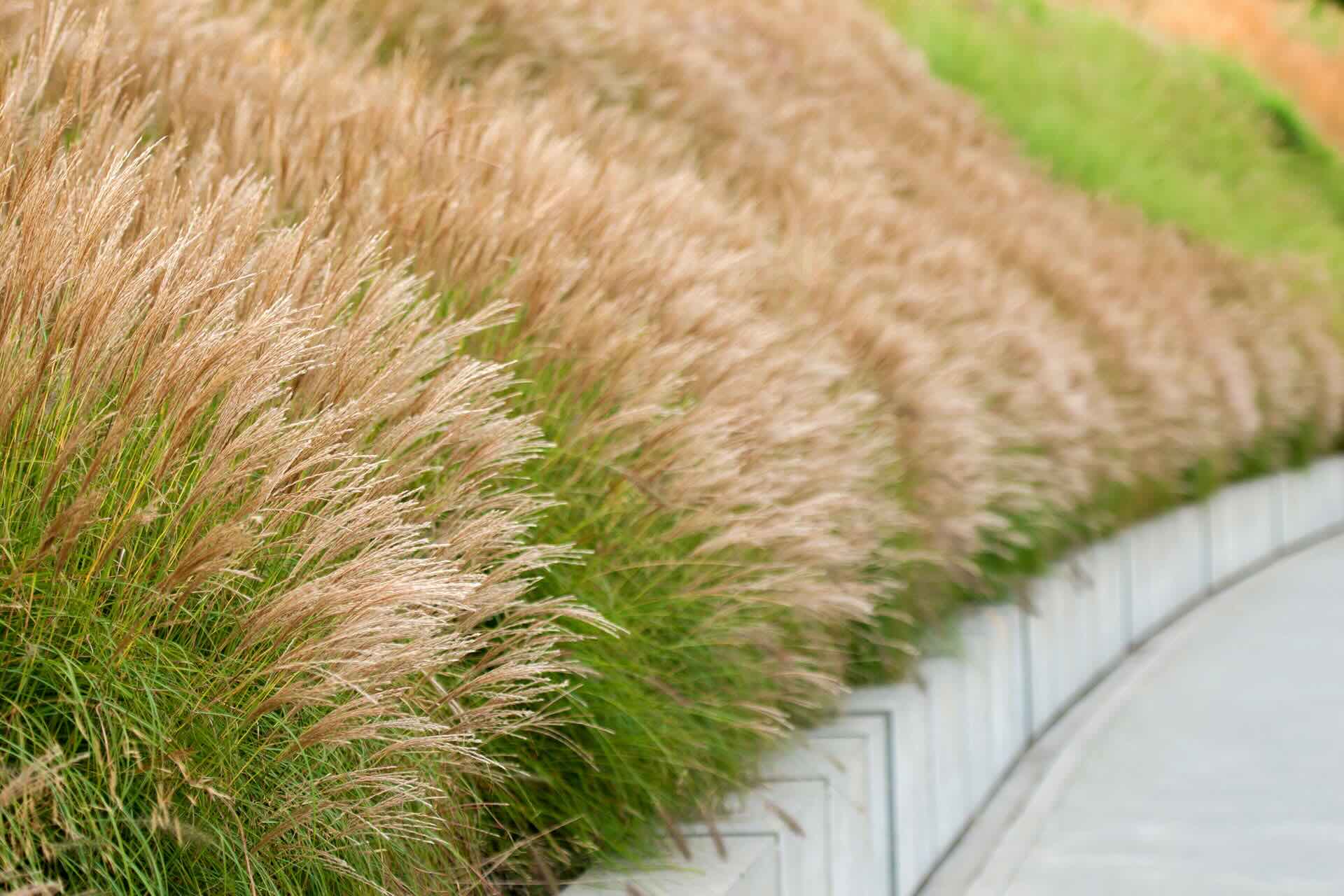
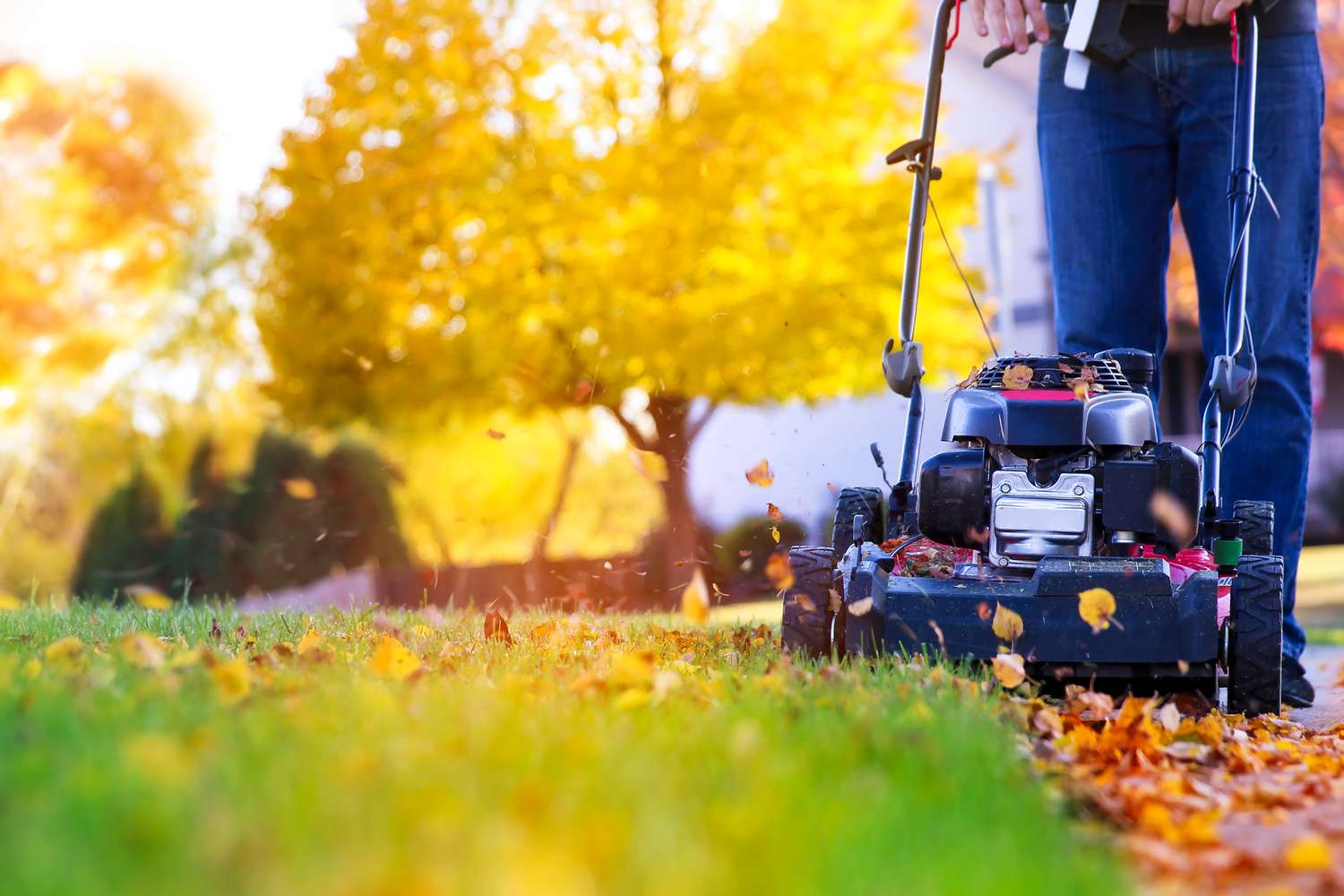
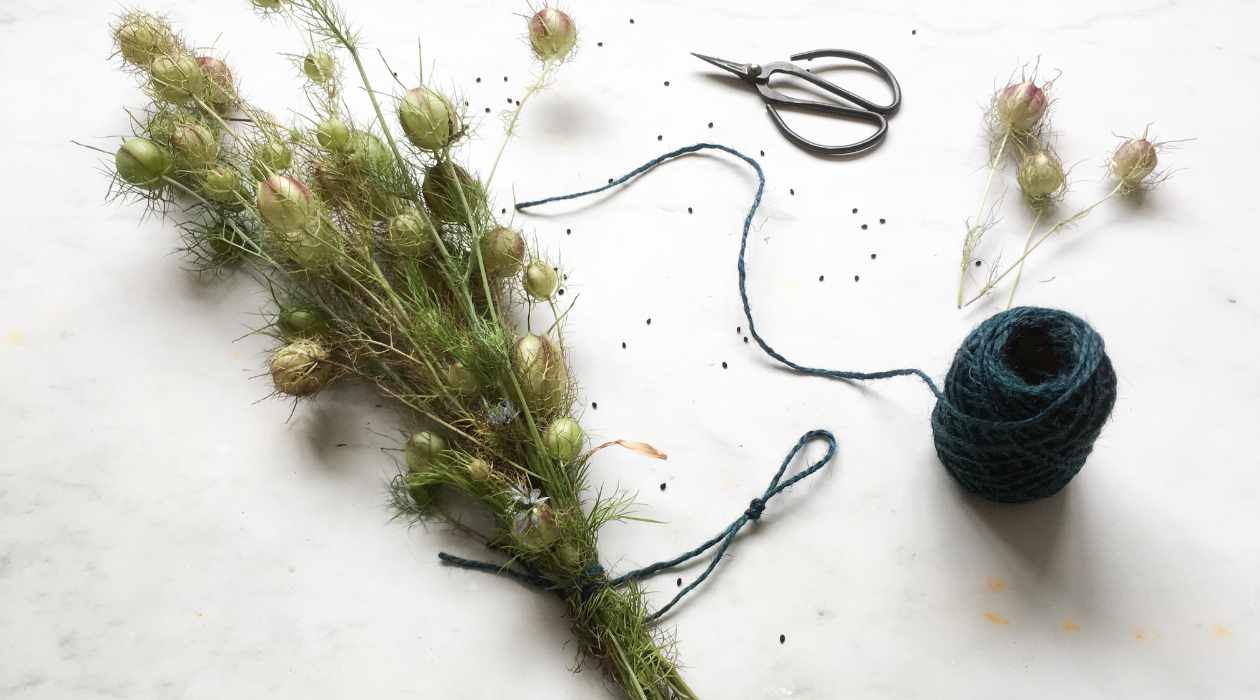
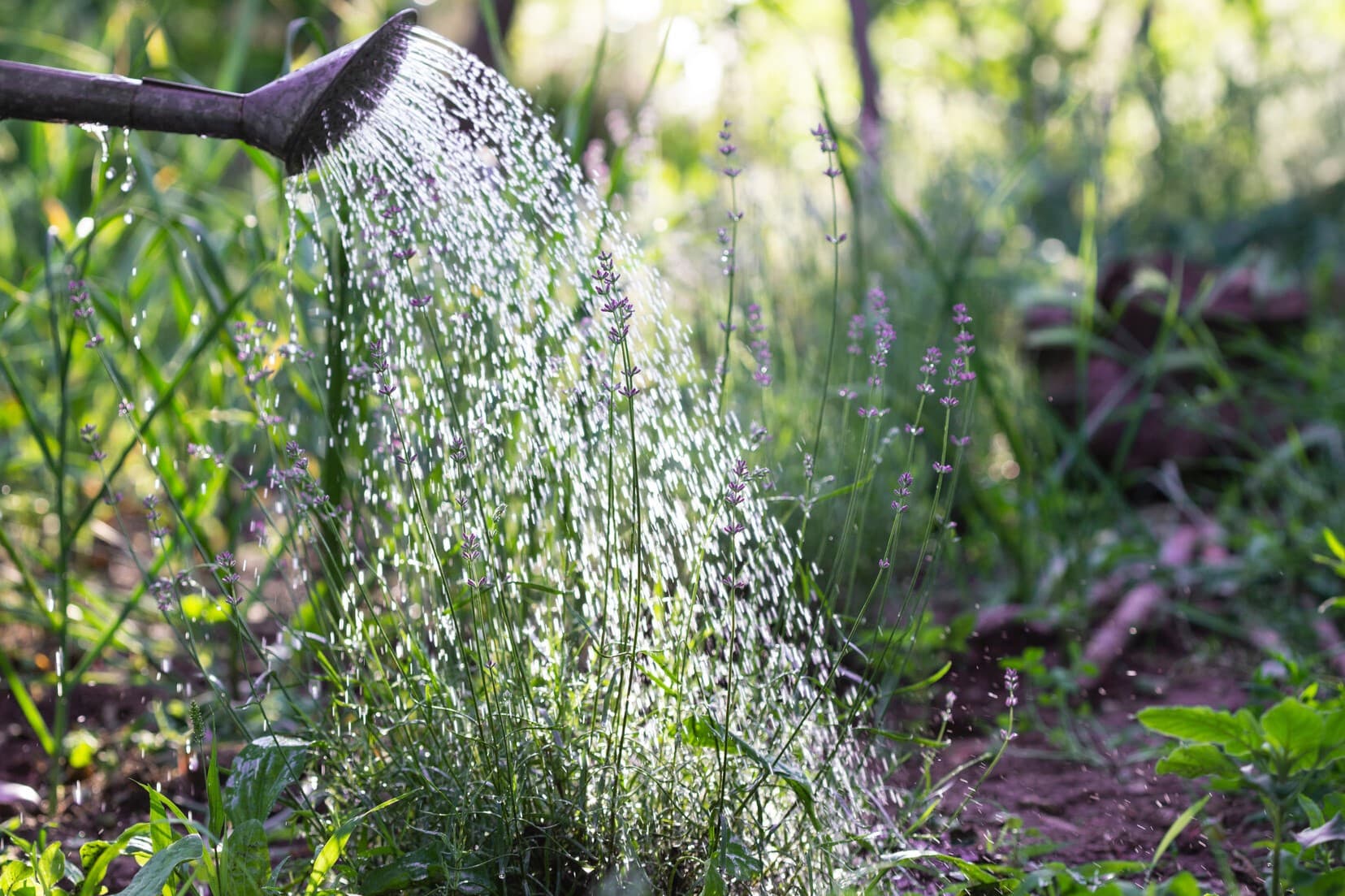
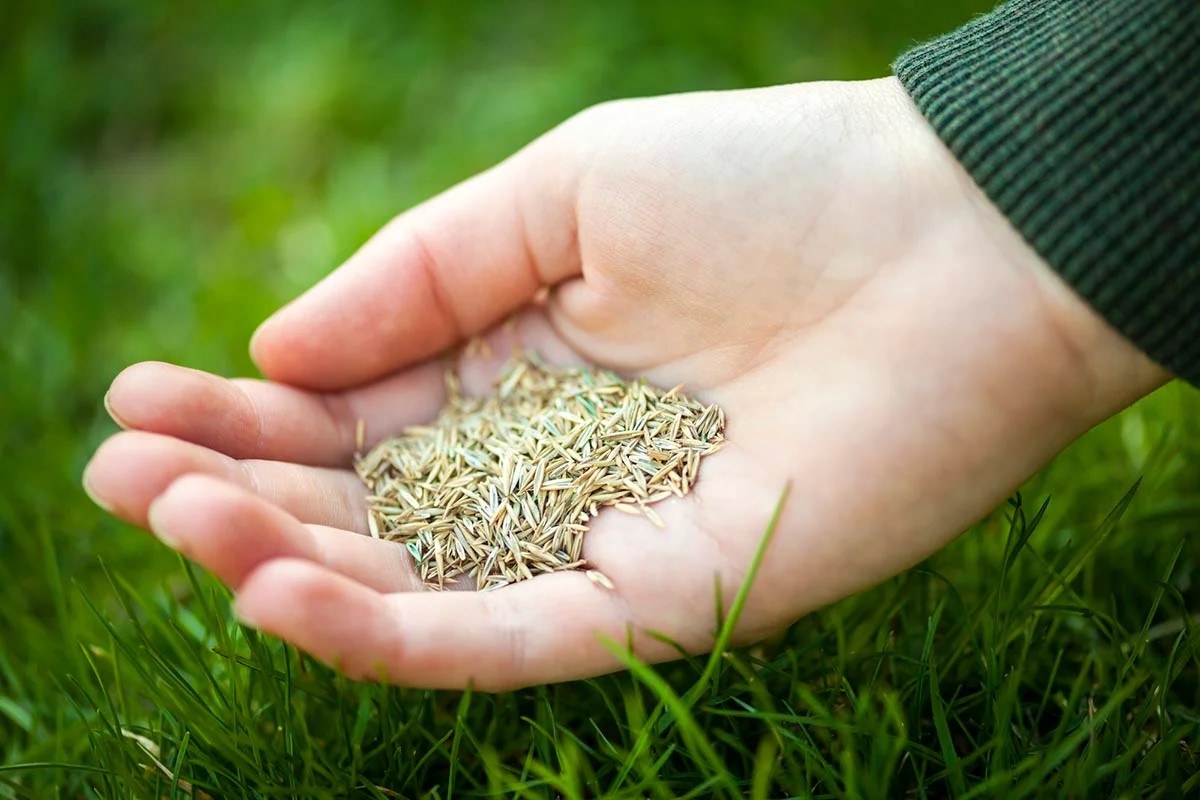

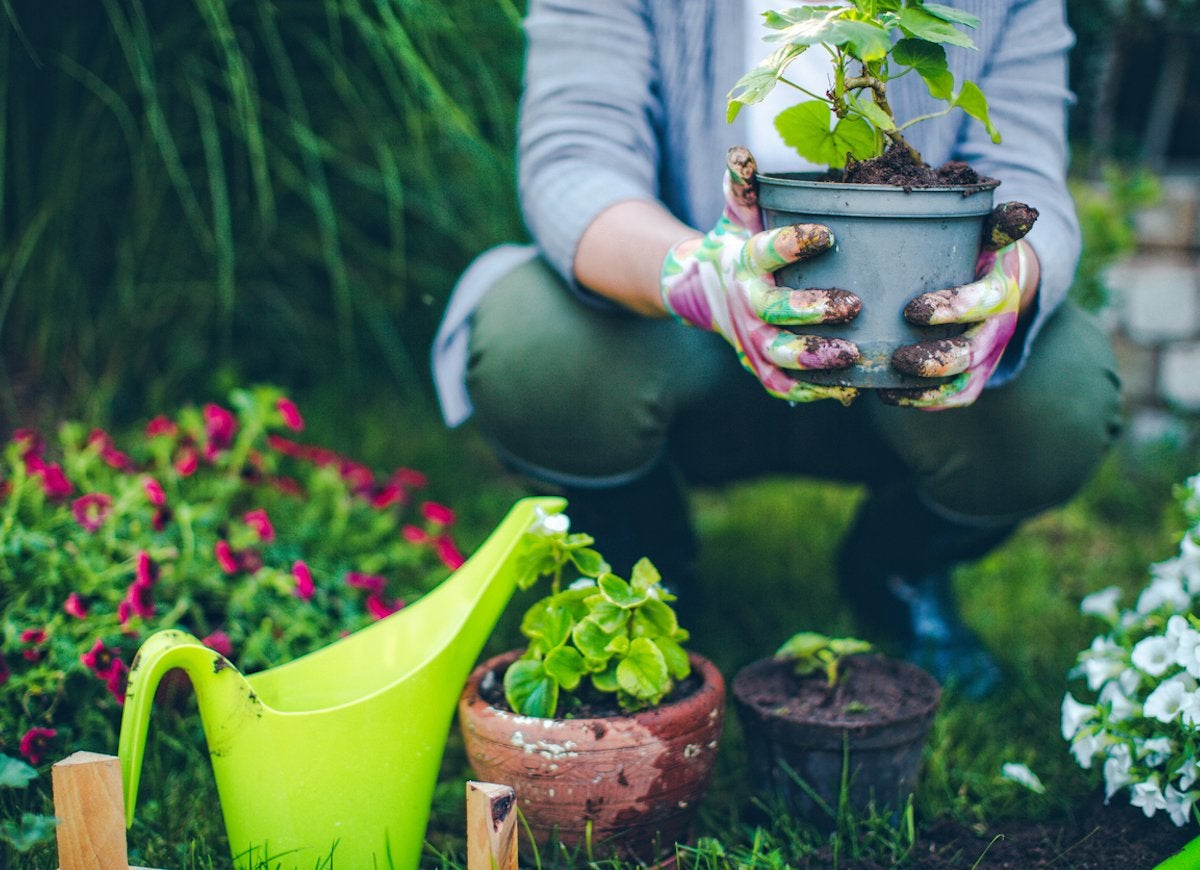

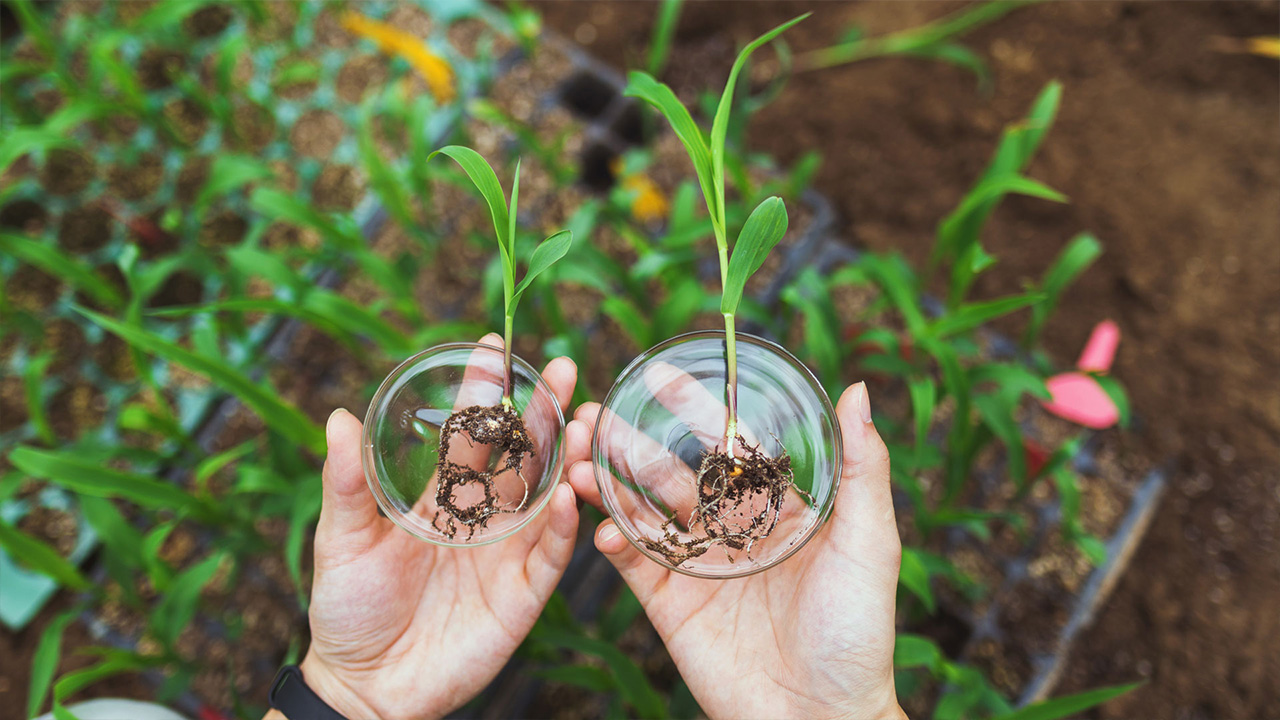
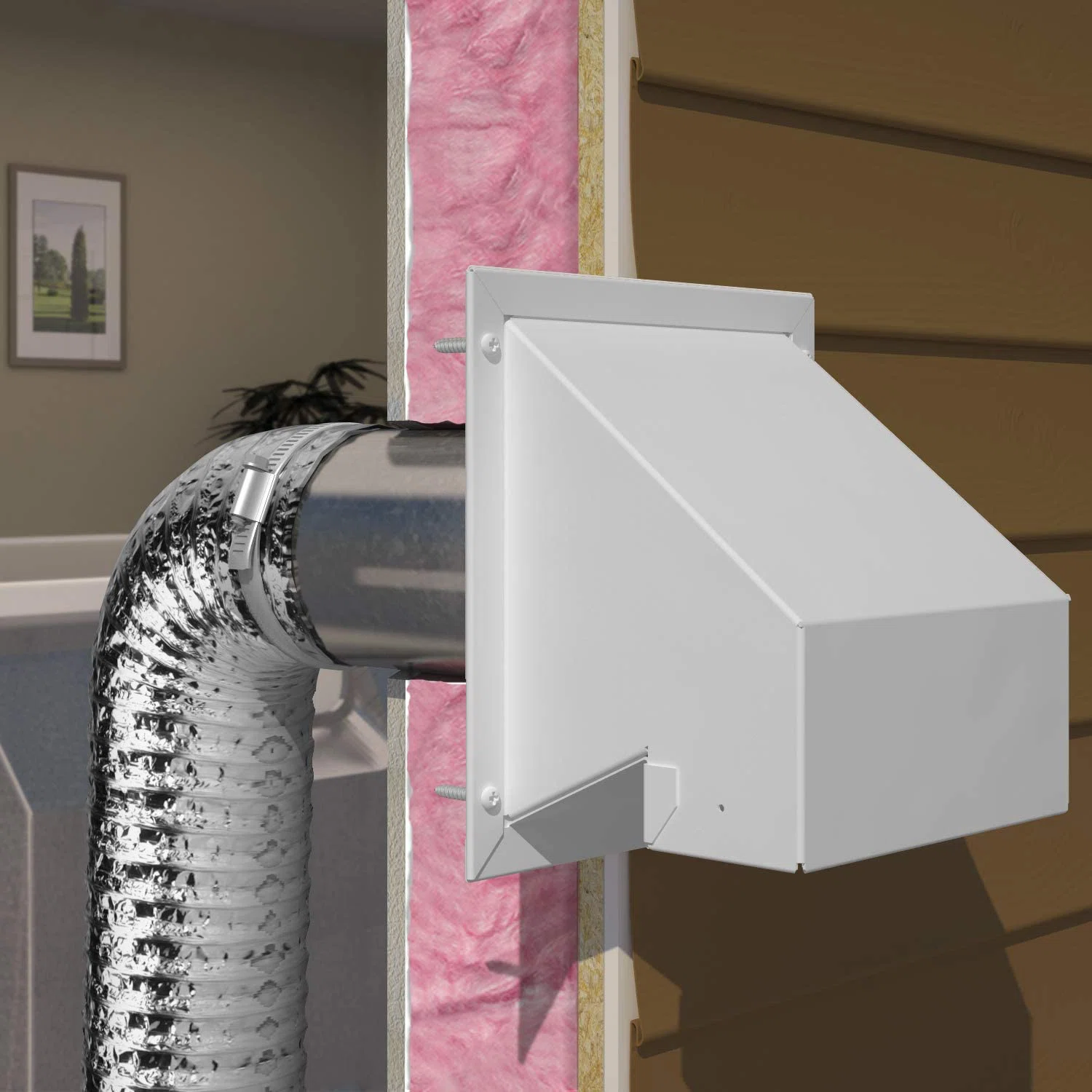
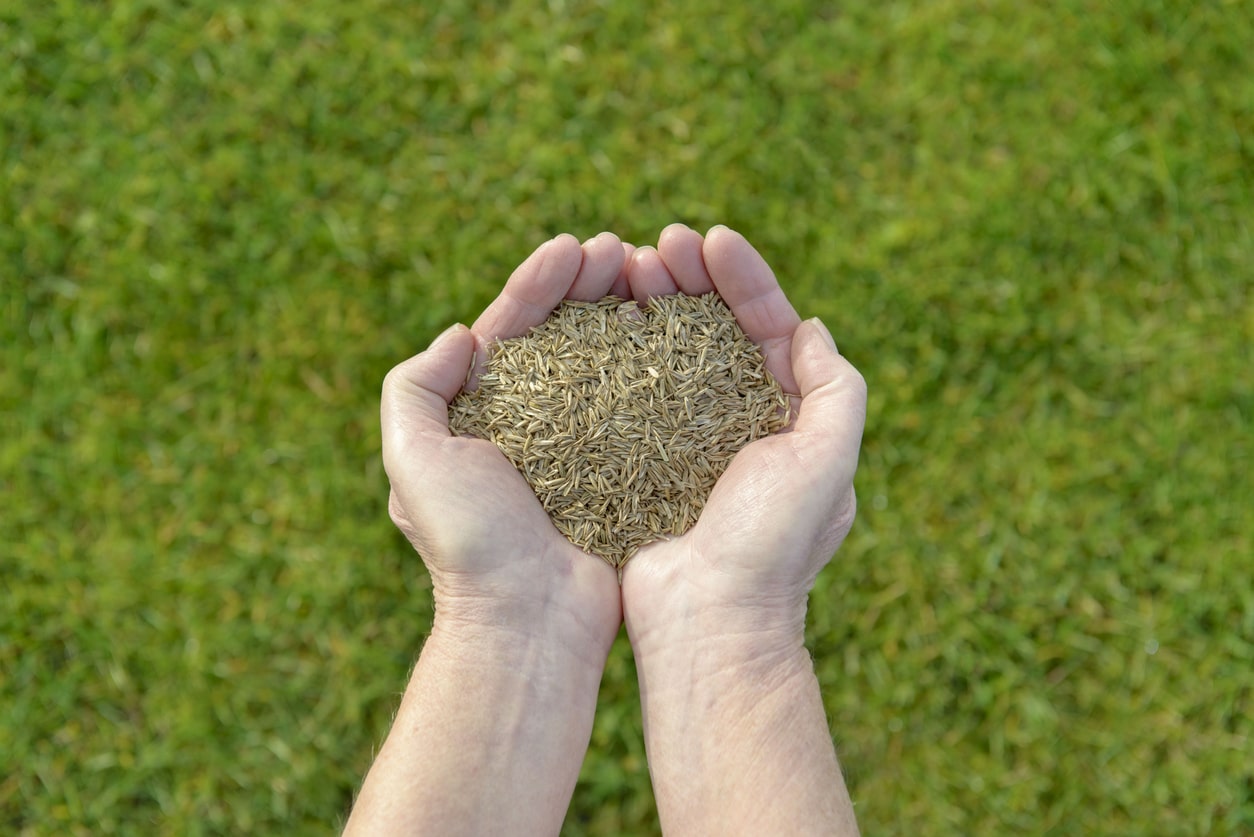

0 thoughts on “How Should I Cut My Lavender Greenery In The Late Fall”